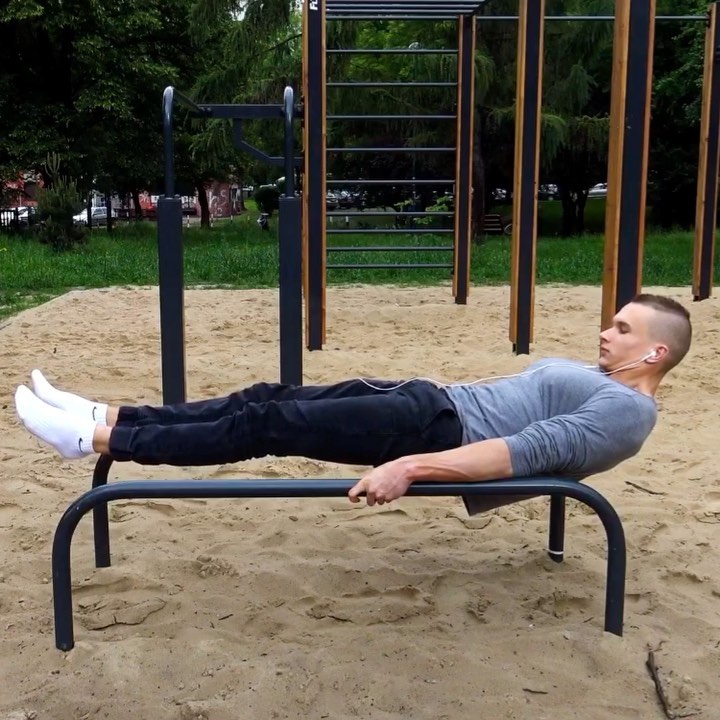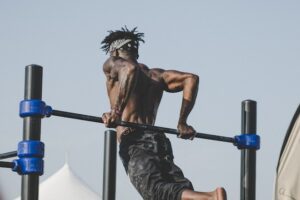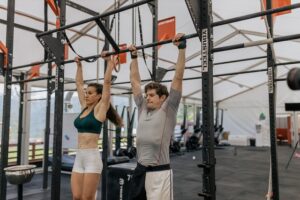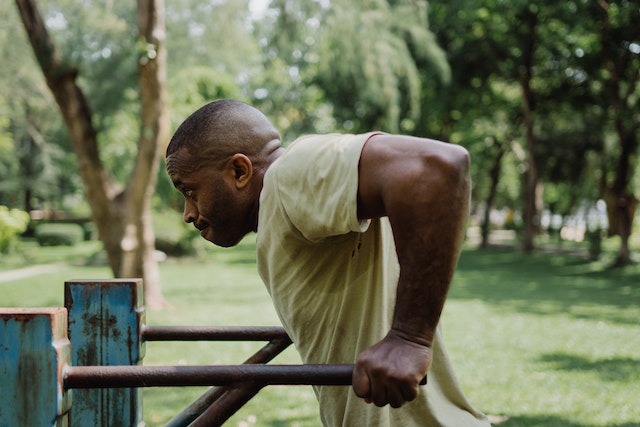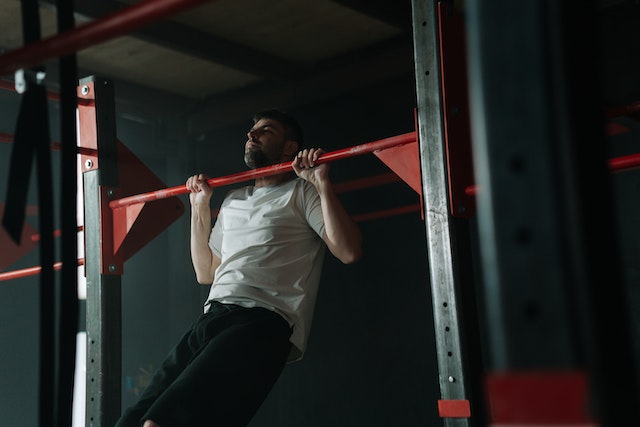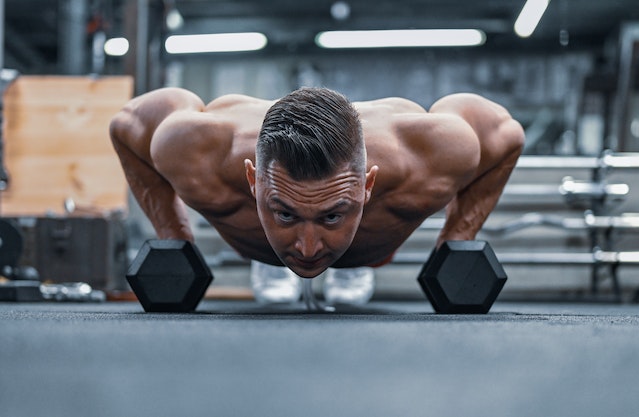In this article you will learn what vicotrian cross is, its progressions and proper form
What is a victorian cross?
The victorian cross is an advanced static skill, that consists of holding the body in a horizontal position, facing upwards only on your hands while keeping the arms straight.
This move is derived from gymnastics, where it’s rarely performed even on the elite level because of how difficult it is. That skill is rated as E on a scale from A – F (F being the hardest)
Here’s olympic gymnast struggling with victorian
Prerequisites
The victorian cross is a very advanced calisthenics skill that requires a solid foundation before starting. Otherwise, you won’t see much progress and you can even get injured. I would suggest only one prerequisite for this exercise, which is the front lever
If you completely master the front lever, from long hold with good form to front lever pull ups and front lever touch hold, you’re ready to start with victorian
Muscles worked during the victorian cross
The victorian cross works most of the major muscles in our body
The primary muscles worked in the victorian cross are:
- latissimus dorsi
- deltoids
- teres major
- triceps brachii
- trapezius
Additional secondary muscles worked include:
- upper pecs
- core muscles
- rhomboids
Victorian cross form cues
Scapula position
The most important aspect of the front lever form is the scapula position. We need to retract the scapula – draw the shoulder blades down and together. Imagine that there’s a coin between your midback, and try to squeeze it as tight as possible.
Straight arms
While bending your arms you unnecessarily involve your biceps and triceps to work, while the movement should rely on the work of your back and core.
Progressions
3 progression to help you master the victorian cross calisthenics.
Victorian raises
From the bottom position of the impossible dip (elbow and forearm on the bar) lean backward and raise your body to the horizontal position. Hold that position as long as you can and slowly back to the starting position. Repeat that for as many reps as you can.
To make this exercise easier, you can bend your legs.
To make this exercise harder, you can do it with l-sit.
Straight bar victorian
It’s basically a touch front lever but instead of gripping the bar, you’re hanging on your forearm (just under the elbow). Hold the straight bar victorian as long as you can, then drop to the front lever and hold as long as you can. This way you increase your muscles time under tension.
Band assisted victorian coss
As in every other calisthenics skill, we can use band assistance here.
You can use a band to train the full victorian, like here
You can also use a band with any other progression, here’s a straight bar to front lever with band assistance
